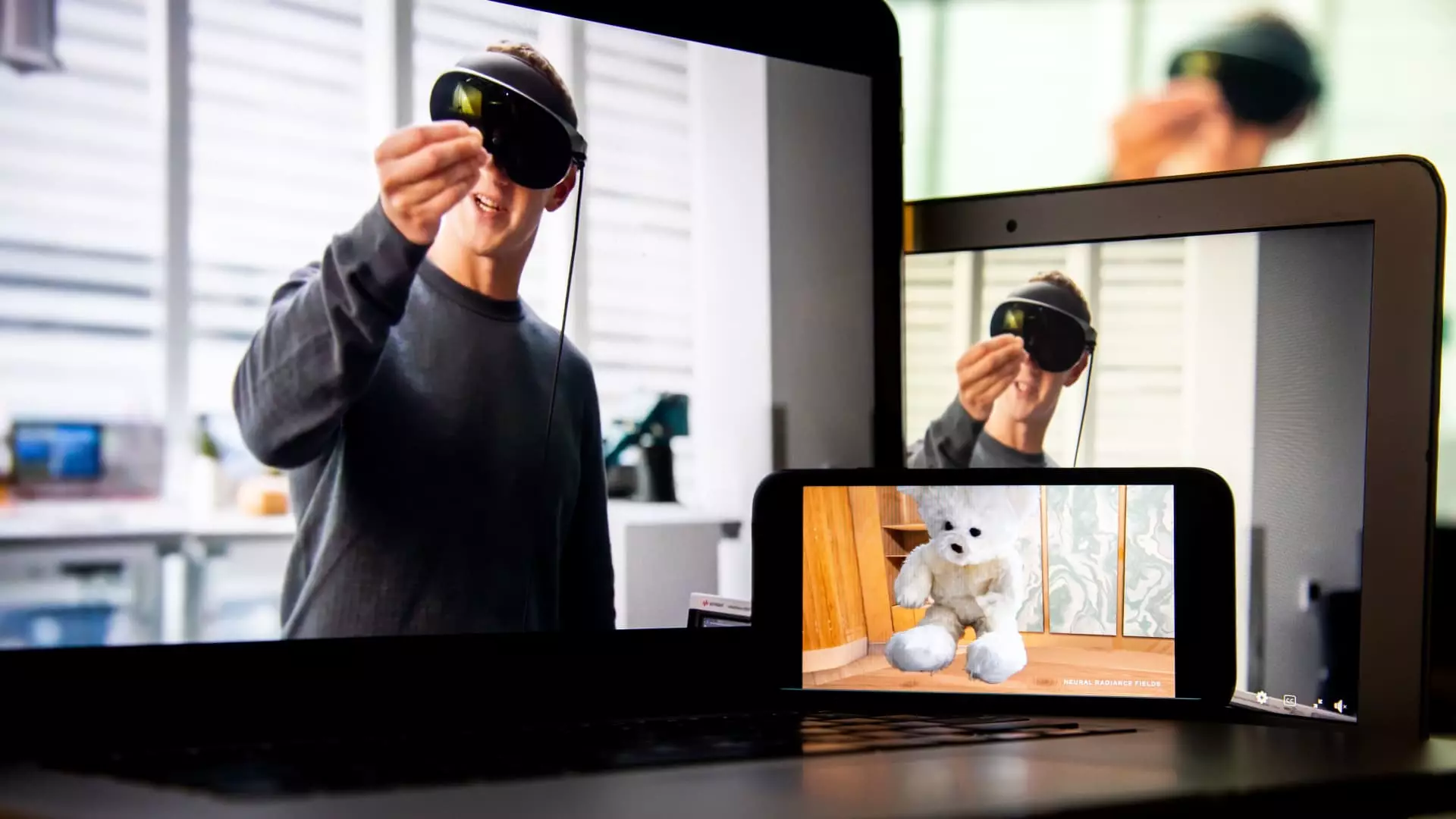Meta Platforms, Inc. finds itself ensnared in a financially draining venture as it relentlessly pursues the development of virtual reality (VR) and augmented reality (AR) technologies to propel its vision of the metaverse. In a recent fourth-quarter earnings announcement, the company disclosed a staggering operating loss of nearly $5 billion specifically from its Reality Labs segment, which is responsible for producing innovative devices like the Quest series of VR headsets and the Ray-Ban Meta Smart Glasses. Despite generating $1.1 billion in sales, the profound losses indicate a stark imbalance between revenue and expenditure, raising questions about the sustainability of this ambitious project.
Originally ignited in 2014 with the $2 billion acquisition of Oculus, Meta’s venture into VR has been heralded by CEO Mark Zuckerberg as pivotal to the company’s future. Zuckerberg’s vision casts the metaverse as the next frontier of computing, potentially revolutionizing the way humans interact with digital spaces. Nonetheless, Wall Street’s skepticism lingers, especially with Reality Labs accumulating an astonishing $60 billion in losses since 2020. Critics argue whether such a massive allocation of resources is justifiable, especially when weighed against the company’s more immediate business needs and opportunities for revenue generation elsewhere.
Shifting Paradigms: AI Integration with VR
In a bid to reclaim some financial stability, Meta recently announced its intention to invest up to $65 billion in capital expenditures by 2025, focusing significantly on building AI-supported infrastructures. Zuckerberg emphasizes that artificial intelligence will be integral to both the functionality of the metaverse and the development of its AR and VR products. Collaborative efforts such as the partnership with EssilorLuxottica to produce Ray-Ban Meta Smart Glasses exemplify this approach, synergizing cutting-edge AI technology with stylish consumer wearables, thus appealing to a broader market.
Competition in the Virtual Space
Meta is not the only player in the VR/AR arena, as other tech giants, including Apple and Samsung, are making noteworthy progress in this growing industry. Apple’s Vision Pro headset is positioned at a high market entry point of $3,499, exhibiting a robust commitment to premium consumer electronics and immersive experiences. Concurrently, Google and Samsung are gearing up to launch Project Moohan, marking their entry into the competitive landscape with plans for a release in 2025. The diversified approaches from these companies illustrate a rapidly evolving market dynamics that Meta must navigate.
Meta’s endeavor to build the metaverse poses not only technological challenges but also significant financial risks. As the company continues to navigate this costly venture, its success hinges on effectively merging innovation with consumer demand. While the horizon remains uncertain, the determination to integrate AI and focus on user-friendly VR/AR products may offer a path out of the financial quagmire. However, if the losses persist, Meta may be forced to reevaluate its strategies or risk becoming estranged from its shareholder base and market relevance altogether.

